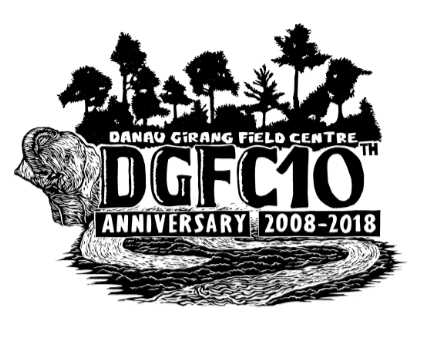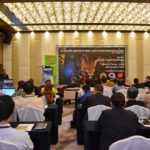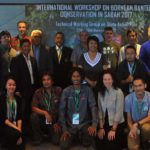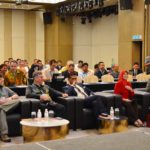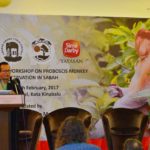On behalf of the Ramirez Saldivar and Goossens Salgado families, I am taking the opportunity to commemorate Diana at almost two months of her passing.
I met Diana for the first time when she came from Mexico to Sabah eight years ago, invited by my wife, Milena Salgado Lynn, also Mexican, to work as a wildlife veterinarian for the Sabah Wildlife Department’s Wildlife Rescue Unit. Milena tells me of the feisty, hard-working and committed woman with whom she shared a bedroom almost 20 years ago. Back then, Diana had dreams of always working for wildlife, something she had already volunteered for, even as a teenager, in a couple of zoos in Mexico. ‘
Tia Dianin’ (my son’s nickname for her) was 28 years old when she arrived in Kota Kinabalu, full of hopes and still determined to make a difference for wildlife conservation. For administrative reasons, she obtained a work permit under Danau Girang Field Centre, as a wildlife anaesthetist, although she was always under the leadership of Dr Sen Nathan, manager of the Wildlife Rescue Unit and Assistant Director of the Sabah Wildlife Department.
Diana was the most amazingly vibrant, feeling, loving, creative force you could imagine. She was full of passion for animals, domestic and wild. Unfortunately, she was also feeling very lonely in a world that is, most of the time, very unfair and brutal for someone fragile like Diana who could be manipulated and abused. After many years of suffering of severe chronic depression, borderline personality disorder, anorexia, and a toxic relationship with a person I won’t mention here, she decided to end her days because she felt hopeless, disappointed by those she trusted the most, and to finally find peace in her mind and heart. My honest expression of the pain, anger and guilt her suicide leaves behind will not bring her back, but it could help others facing the same kind of loss know they are not alone.
I want to honour Diana’s struggles because they are struggles that many people around us traverse. I would like to make a strong call for greater awareness and conversation about the often-forbidden topics of mental illness and suicide, especially in Malaysia. For the past eight weeks, since Diana passed, I have been blaming myself for not being there for her, wondering what I missed. When persons kill themselves, they leave a body behind, they leave broken hearts behind, and they leave a question behind: why? “Why?” is the great mystery of suicide and for many people, like me, that question can haunt and torment them all their lives, robbing them of any chance of peace. Twenty-three years ago, my father committed suicide and until today, I’m still asking myself the question: why?
No matter how challenging our relationship with Diana was, it also held moments of joy, friendship, compassion, happiness and achievement in wildlife conservation that deserve to be remembered and that I will be cherishing the rest of my life. I will always remember the first proboscis monkey we darted and collared, the massive elephant bull named Gading we tracked for hours in the forest in the Kinabatangan, finally darting and collaring him, the crocodile we restrained in order to set it up with a satellite tag, the Sunda pangolin we released back into the forest, the many discussions we had about wildlife poaching and trade, something we fought hard together and wanted to bring to an end. I will personally continue the fight in her memory and for the future generations.
Even after her passing, Diana continued to save lives through the gift of organ donation. Her liver was transplanted to a 29 year-old lady who has been diagnosed with congenital hepatic fibrosis with portal hypertension since the age of 7. One kidney was given to a 44 year-old gentleman, another kidney went a 34 year-old lady. Both recipients suffered end stage kidney failure and had been put on dialysis for 18 years. Her right cornea was received by a 74 year-old gentleman with pseudophakic bullous keratopathy and the left one by a 34 year-old gentleman with impending perforation corneal ulcer. Diana’s heart valves are kept in the homograft bank at the National Heart Institute (IJN, Malaysia), and her bones at the Hospital University Sains Malaysia’s (HUSM) bone bank to be used when there is a patient in need. To this date, Diana already saved three human lives, restored the sight of two people, and her remaining tissues will benefit at least another 9 patients.
Diana is a real unsung wildlife hero, a true Sabah’s wildlife warrior! She deserves respect and recognition for her achievements in wildlife conservation, for her fight to save animals, wild and domestic, in Sabah. To this end, I have decided to set up the
Diana Ramirez Conservation Fund in her memory, aiming to support meaningful local conservation initiatives in Sabah, especially for the elephants that she loved so much.
Diana, Sabah will not forget you!
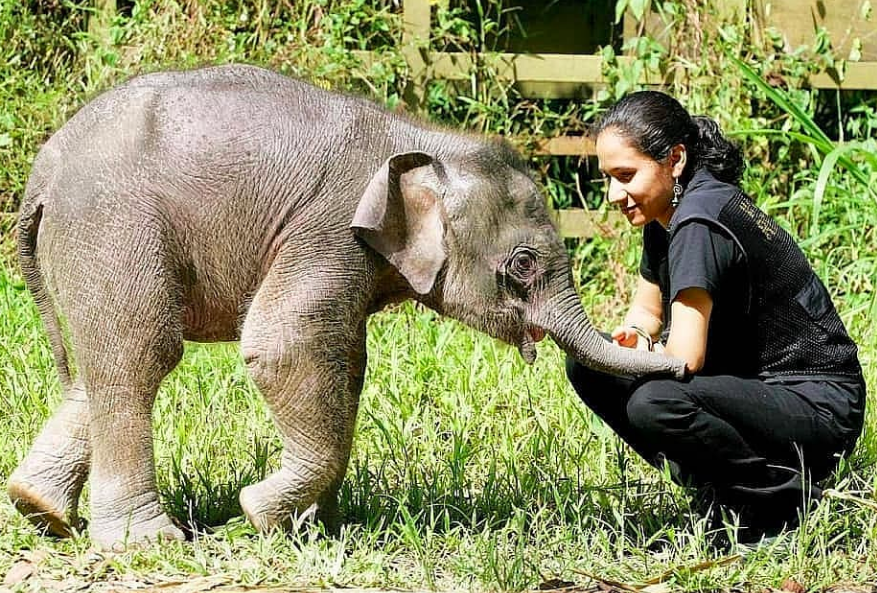
Benoit Goossens
Director of Danau Girang Field Centre




